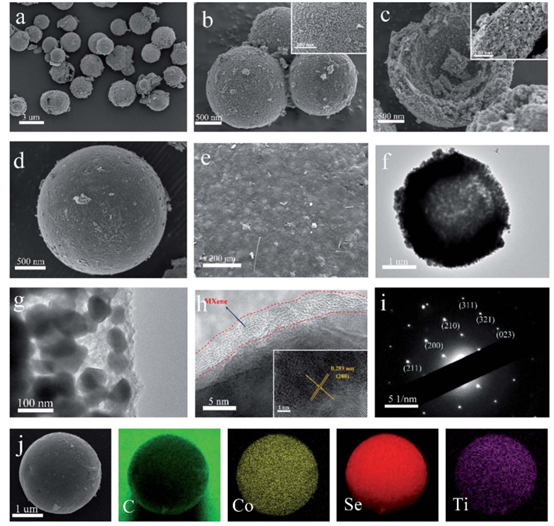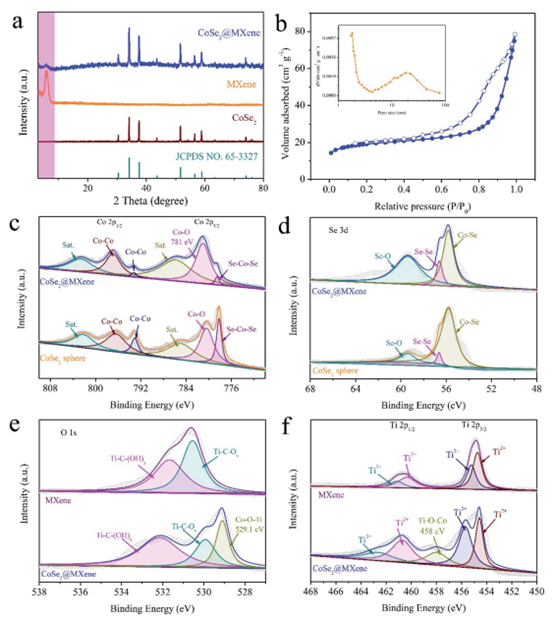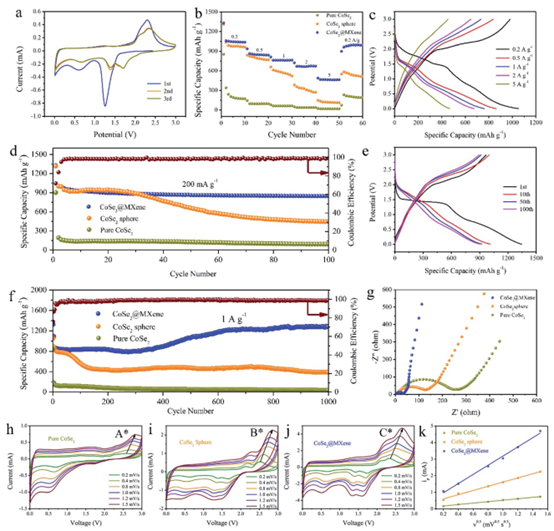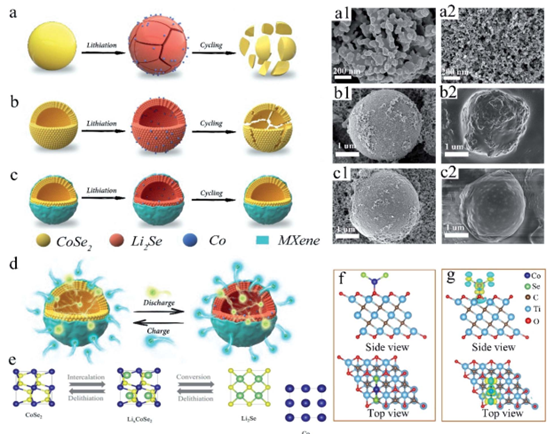已传文件:photo/1631586161.png
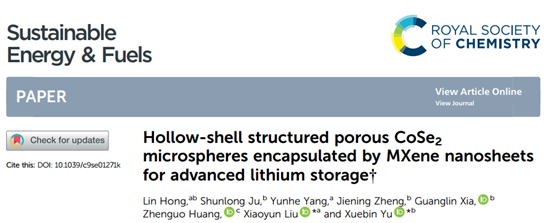
Research Background
With the increasing demand for wearable electronic devices and electric vehicles, the next generation, high-energy and high-power rechargeable lithium-ion batteries, lithium-ion batteries (LIBs) have attracted widespread attention. However, commercial graphene, one of the current mature anode materials, has a relatively low theoretical capacity (372 mAh g-1), which is far from meeting the requirements of commercial high-energy lithium-ion batteries. In this regard, the current scientific research focuses on the development of advanced anode materials with high performance, environmental friendliness and low cost to break the barriers to the further development of graphene carbon.
Among many electrode material systems, transition metal chalcogenides (TMC) have received continuous attention due to their relatively large lithium storage capacity based on the conversion reaction mechanism. In particular, cobalt diselenide (CoSe2) has many advantages. In addition to high specific capacity, it also has its inherent enhanced safety and wide practicability. However, like other TMCs, CoSe2 also suffers from huge volume changes during charging and discharging, which in turn leads to rapid capacity decay and lower electronic conductivity, resulting in poor rate performance. Therefore, reasonable design of composite materials and structures can improve the electrochemical performance of TMCs. MXenes, as a new type of 2D transition metal carbides and nitrides, has attracted widespread attention in applications such as supercapacitors, lithium (sodium) ion batteries, lithium sulfur batteries and catalysis, because of its outstanding electronics. Advantages such as electrical conductivity, controllable interlayer spacing, super-hydrophilicity and good mechanical flexibility.
Introduction
Recently, Professor Xiaoyun Liu from East China University of Science and Technology and Professor Xuebin Yu from Fudan University published a research paper titled: Hollow-shellstructured porous CoSe2 microspheres encapsulated by MXene nanosheets for advanced lithium storage in the international high-level academic journal Sustainable Energy Fuels. A new type of porous CoSe2 microspheres with a hollow shell structure, prepared by selenization of Co-MOFs and simple electrostatic self-assembly technology, has excellent electrochemical properties. The first author is Hong Lin.
Graphic guide
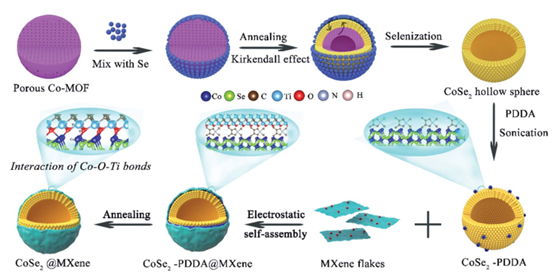
Figure 1. Synthesis and preparation process of CoSe2@MXene complex.
Figure 2. FESEM, TEM, HRTEM and mapping characterization of CoSe2@MXene.
Figure 3. CoSe2 hollow sphere, XRD pattern of Ti3C2 MXene and CoSe2@MXene complex; CoSe2@MXene specific surface area and pore size distribution; CoSe2@MXene XPS of each element.
Figure 4. The electrochemical performance test of CoSe2@MXene.
Figure 5. Structural stability analysis of CoSe2@MXene complex.
Summary of this article
The composite CoSe2@MXene stable structure prepared in this paper is composed of hollow CoSe2 microspheres and external MXene sheets coated by a simple electrostatic self-assembly method. The CoSe2@MXene complex can combine high-capacity CoSe2 hollow spheres with high-conductivity MXene flakes. CoSe2 with a hollow structure can limit volume expansion during lithiation/delithiation cycles, and MXene nanosheets can enhance the stability of the composite structure and accelerate the kinetics of ion/electron transport. Therefore, CoSe2@MXene has a reversible capacity of up to 1051 mAh g-1 at a current density of 200 mA g-1. When the current density is expanded to 5 A g-1, the reversible capacity can be maintained at 465 mAh g-1. After 1000 cycles, it can have a stable capacity of 1279 mAh g-1 at a current density of 1 A g-1. This strategy of covering the hollow structure with MXene provides a new idea for the design of new materials.
Literature link:
DOI: 10.1039/c9se01271k
This information is sourced from the Internet for academic exchanges only. If there is any infringement, please contact us to delete it immediately.




